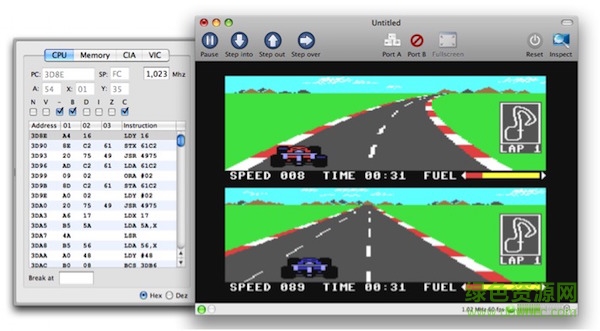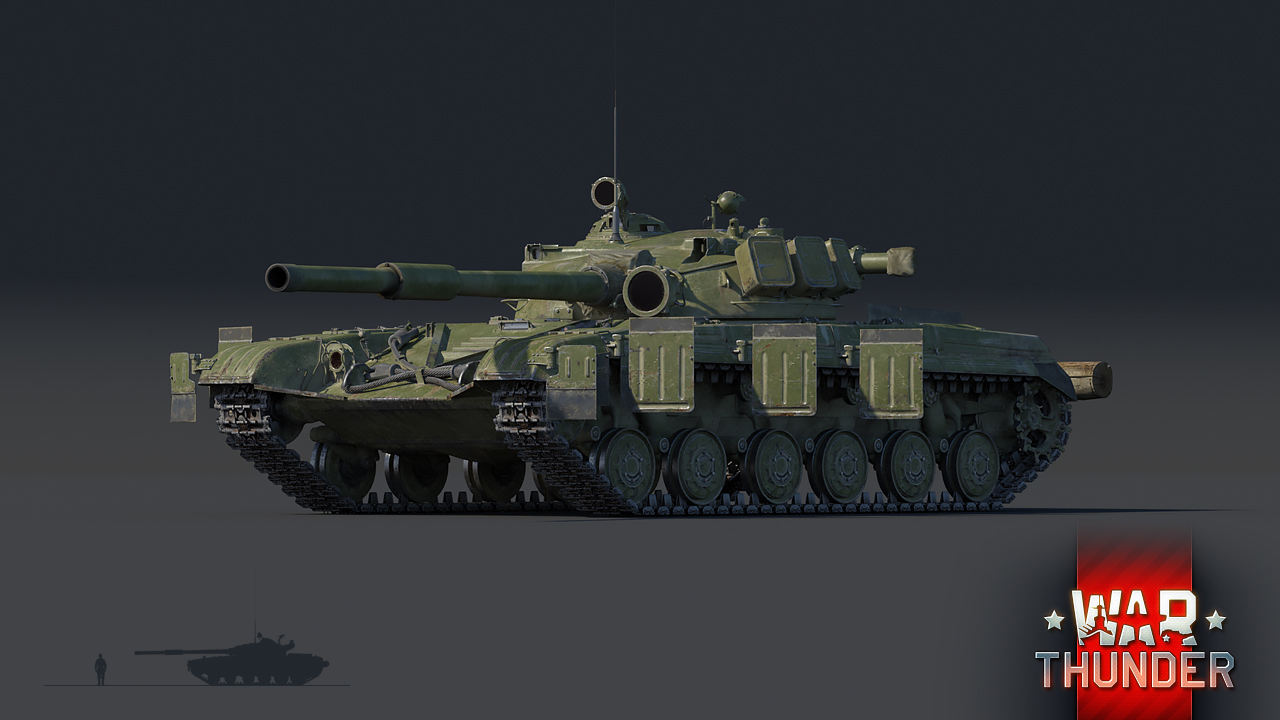

Do not write the log to a file instead of stdout when stdout is already redirected to a file or pipe, so we can do just that on the shell.Fixed sound buffer underrun behaviour, it will now cause a small glitch and no longer disable sound or flood the log with warnings.This is a service release which fixes some regressions and annoyances reported by our users after the 3.6 release. t64, it's a "high level" "headered" tape image format which includes quite a bit of structured metadata about the data on the tape.Vice w wersji z interfejsem GTK (od dwóch wersji mamy do wyboru port SDL i GTK) - trudno mu zarzucić braku elastyczności, jednak jakoś tak wolałem starszy interfejs. A program implementing one can fairly trivially be extended to work with the others.Īs for. d81, they are all "high level" "raw" disk image formats, and are all closely related in the same family. They are usually "headered", but that extra information can vary from very minimal to more extensive to cover custom speedloaders, multiple files on a tape, etc. They can be loaded into an emulator without having to go to the trouble of emulating the audio of the tape player, but there are usually features of the emulator or other tools to convert them to audio. These represent the data directly, rather than the sound. Just like a real tape it could include multiple programs or even analogue audio such as speech and music. They may just be a plain existing audio file format such as WAV, or have a wrapper or extra header. These represent the sound of the tape to a high enough fidelity that it can be played as a sound for a real computer to interpret as though it's connected to a tape player, or to be converted to an accurate byte representation.
#.t64 on virtualc64 code
Sometimes just a collection of files with their metadata (filename, datestamp, machine code vs BASIC vs binary data, etc.)

There will often be several low-level image formats or versions as emulator writers find games or tricks that earlier image formats are unable to represent. These typically allow disks with various kinds of copy protection to be represented. "Low level": These typically represent the disk as the drive controller sees it."Headered" images provide extra information such as a magic word identifiable signature, version number, information about the geometry, etc. "Raw" images expect the tools using them to know things such as the disk geometry (number of sides, tracks, sectors, etc) or be able to correctly derived them from external metadata such as the file's size and extension. The two main subtypes I might call "raw" and "headered". Sometimes they might represent logical tracks, sectors, and/or blocks though. "High level": These typically represent the physical tracks and sectors of a disk.I'm using my own terminology here so forgive me if there is standard terminology that I'm not aware of. Since I've been writing code to interact with various systems' disk image formats over the past few weeks I'd like to add a little more information that's not in the current answers.ĭisk images and tape images are usually of a few different types and subtypes. There are more formats, and they are supported by a number of tools. Miha Peternel also created the T64 format (see also here).Īll of these are common in CBM emulation, and CBM drive emulators. More detailed documentation on the internal structure, including the structure created by Commodore DOS, can be found here.Īccording to the German C-64 Wiki, the D64 name was introduced with the C64s emulator by Miha Peternel in 1994, even though disk images with the same structure had been around since the 1980s. starting with track 1, sector 0, followed by track 1, sector 1, until the disk "ends" (in the 1541 case) at track 35, sector 16. The Dxx formats are straightforward sequential dumps of all sectors on a Commodore disk in ascending order, i.e. T64 are tape images for the Commodore 64.D81 are double-sided 3.5" disk images ("15 81 images").D71 are double-sided 5.25" disk images ("15 71 images").

D64 are single-sided 5.25" disk images ("1541 images" for the Commodore 64), sometimes also called D41.These are disk- and tape images files for the Commodore 64 and computers using the same floppy drives and disk formats, like the VIC-20, or the Commodore 128.


 0 kommentar(er)
0 kommentar(er)
